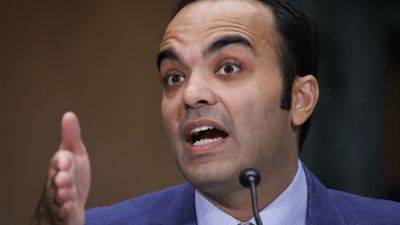Bitcoin Supply On Exchanges Has Almost Depleted, Says Bybit
T h e a v a i l a b l e B i t c o i n s u p p l y o n e x c h a n g e s i s r a p i d l y d i m i n i s h i n g , p o t e n t i a l l y r e a c h i n g d e p l e t i o n w i t h i n t h e n e x t n i n e m o n t h s , a c c o r d i n g t o a Monday a n a l y s i s b y B y b i t .
Citing data from CryptoQuant, Bybit wrote in a blog post that only 2 million BTC is present on centralized crypto trading platforms, representing less than 10% of the entire network’s supply.
“If we assume a daily inflow of $500 million to Bitcoin Spot ETFs, the equivalent of around 7,142 bitcoins will leave exchange reserves daily,” the company’s analysts wrote, “suggesting that it will only take nine months to consume all of the remaining reserves.”
Since launching in January, U.S. Bitcoin spot ETFs have absorbed $12.4 billion in net inflows from retail and institutional investors. This equates to roughly 221,000 BTC being taken off the market, a market shock mathematically much larger than even a Bitcoin halving event.
In fact, the next Bitcoin halving is due later this week. It will cut Bitcoin’s supply inflation rate in half for the fourth time in the network’s history. Starting around April 20, the asset’s daily supply issuance will shrink from 900 BTC to 450 BTC, causing an even greater market supply shortage.
There is a supply squeeze mere days away. Blackrock and other ETF’s are buying in excess 10,000 #bitcoin a day. What do you think will happen when only 450 new #bitcoin are mined a day ?
Micheal Saykor gives us an idea pic.twitter.com/96X3pzE79f
— Tommy ₿oy⚡️21m (@CooliganFields) April 15, 2024
However, Bybit’s figures around ETF inflows may be outdated: the funds have seen very few net inflows since the beginning of April, and the price
Read more on cryptonews.com





















